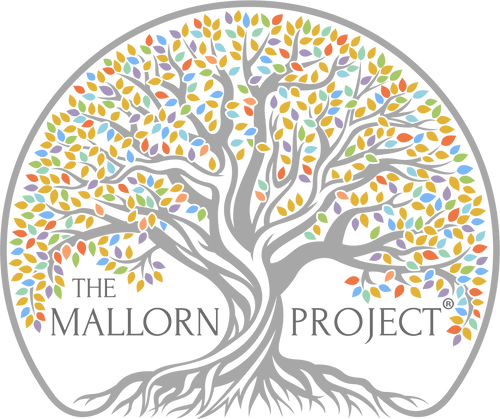The Planet’s most incredible locations were created by nature! These “natural wonders” sustain diverse ecosystems. Today’s featured natural wonder: Uluru, also known as Ayers Rock!
ULURU
⛰ Giant 550-million-year-old sandstone formation in Australia’s Uluru-Kata Tjuta National Park. Perimeter 9+ km, 350 m high (higher than Eiffel Tower), and extends up to 6 km below ground!
🏅UNESCO World Heritage Site and one of most important indigenous sites in Australia, sacred to aboriginal Anangu.
🌅 Appears to change colour at different times of day, glowing red at sunrise and sunset.
ECOSYSTEM
🗻 Surrounded by sandhills, dunes, plains, grasslands, springs, waterholes, and rock caves with ancient rock art paintings.
🐾 Animal species include 21 native mammals (decreased from historical 46), 178 birds, 74 reptiles, 4 frogs, and insects. Shield Shrimps hatch after heavy rains then dry up and go dormant until the next big rainfall, for up to several years!
🌱 Over 600 plant species – trees, shrubs, flowers, and grasses – including rare or threatened endemic species like Adder’s Tongue Ferns.
CLIMATE
🌵 Hot desert climate, with temperature up to 47C during day and -7C at night.
☀️ 5 seasons: April/May cooler weather; June/July cold season with morning frosts; August-October animals breed and plants flower; November-December hot season (food scarce); January-March sudden sporadic storms.
💦 Waterfalls cascade down Uluru’s sides during heavy rain.
THREATS
❗️Many locally extinct animals like Mallefowl, Common Brushtail Possum, Rufous Hare-Wallaby or “Mala”, Burrowing Bettong, and Black-Flanked Rock-Wallaby.
❗️Human threats: tourism, water extraction, pollution, and loss of traditional cultural/ecological knowledge.
❗️Natural threats: climate change (like longer, hotter seasons with less rainfall), wildfire, erosion, weeds, and invasive species like Buffel Grass, Camel, Fox, Cat, and Rabbit.
_ _ _
👉 Follow us on Instagram to join our growing community of People who care about solving the extinction-climate crisis 💚


